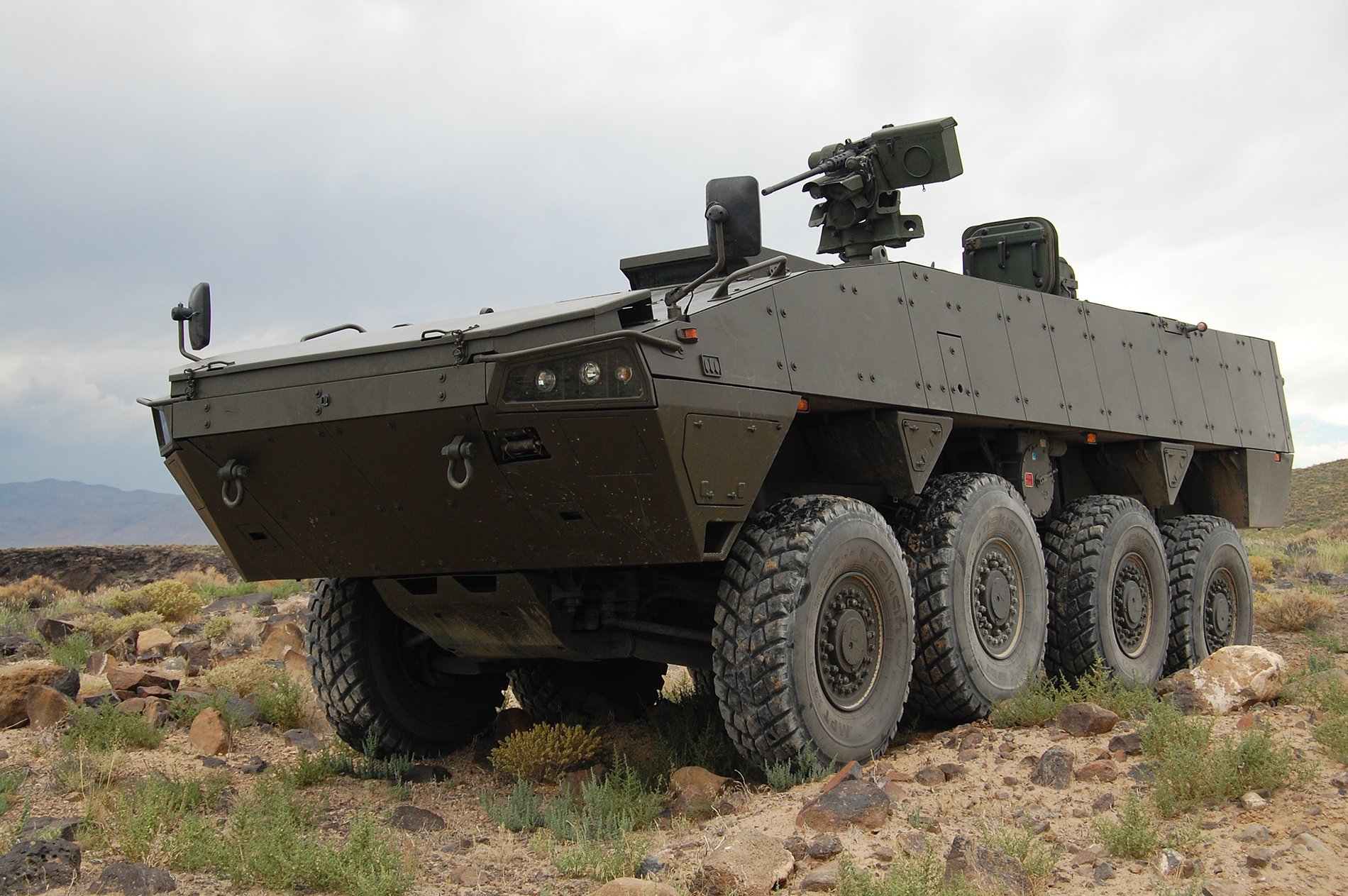
SAN DIEGO, CALIF. – The Marine Corps plans to issue a request for proposal (RFP) for the early version of the Amphibious Combat Vehicle (ACV) in March, the head of Marine Corps Systems Command said.
The RFP will lead to the award of two engineering and manufacturing development (EMD) contracts in November or December, said Brig. Gen. Joseph Shrader on Wednesday speaking at the WEST 2015 conference
“We’re going to award two EMD contracts – 16 systems each – for a total of 32 systems to take into testing,” he said.
The Marines plan to buy 200 of the ACV 1.1 eight-wheeled amphibious personnel carrier as an adjunct to the Marines decades old Amphibious Assault Vehicle (AAV-7A1).
“It’s not a replacement to the AAV right now. It’s going to enhance that capability,” he said.
Likely competitors for the ACV 1.1 are BAE Systems, General Dynamics Land Systems, Lockheed Martin and SAIC, according to a September report in Defense Daily.
The Marines are also exploring an ACV 2.0.
“We’re still exploring the high water speed capability, determine if it’s still required. If it is still required we’ll chase it, if not we’ll go off in an another direction,” Shrader said.
“But I think ACV 1.1 is going to help inform what we do with 2.0 along with the connectors and along with the amphibious strategy. “
The ACV program follows the 2011 cancelation of the Marine’s Expeditionary Fighting Vehicle (EFV). After investing $3 billion in the armored vehicle capable of traveling on water at a top speed of 25 kts – much faster than the 7 kts of the AAV – the Marines canceled the program on grounds of affordability.
The initial speed requirement was to allow amphibious warships a greater buffer from the shore to provide an additional margin of safety from increasingly sophisticated and inexpensive guided weapons.
USNI News understands the service wants the transit from amphibious warships to shore to last no more than an hour.
However, the prohibitive cost of a vehicle that not only transits contested water but also functioned as an armored land unit in one package forced the Marines to look at alternatives to the high-speed concept.
The service is also upgrading some of its older AAVs.
“We’re looking at upgrading about 390 systems of that 1,200 vehicle fleet. That program is alive and well and I think in the next couple of weeks you’ll hear about a contract award,” Shrader said.





